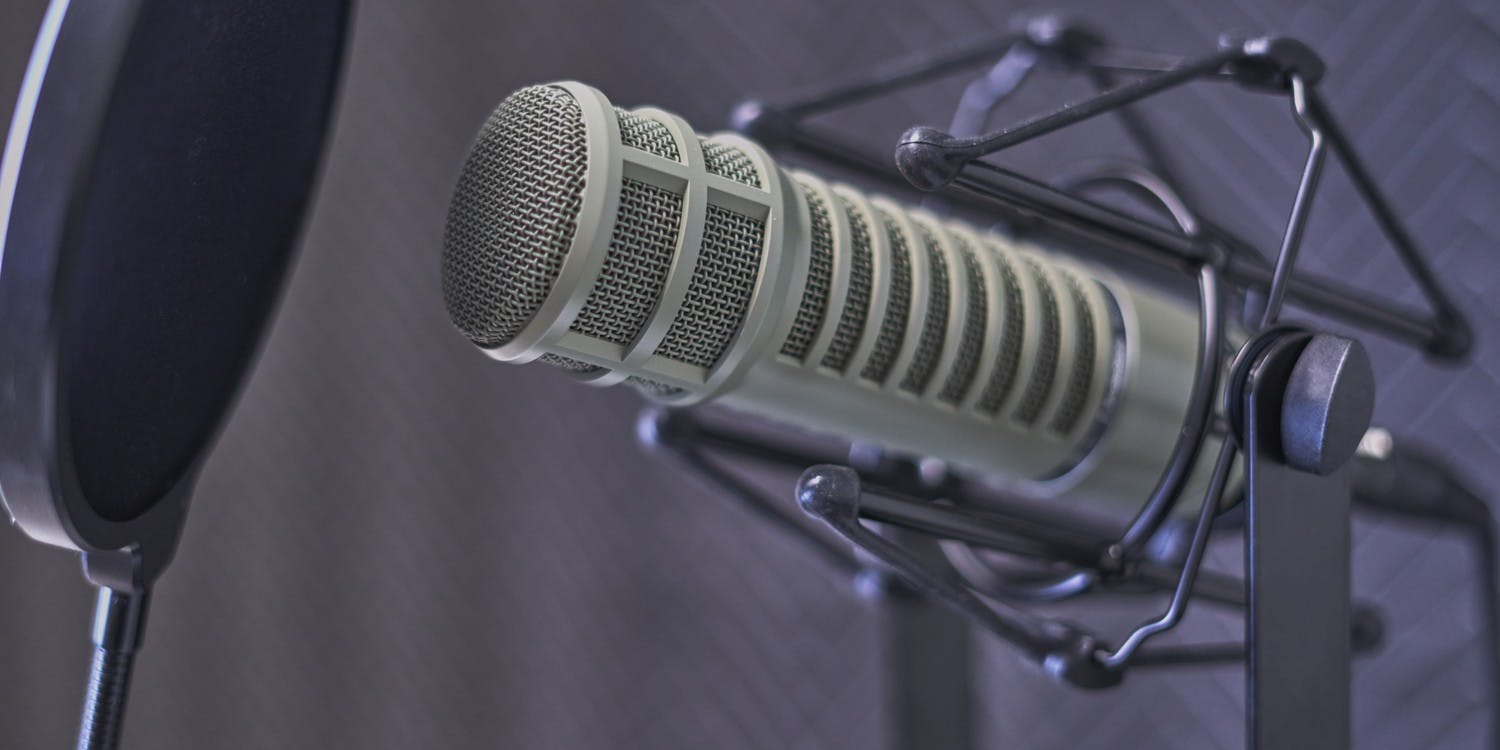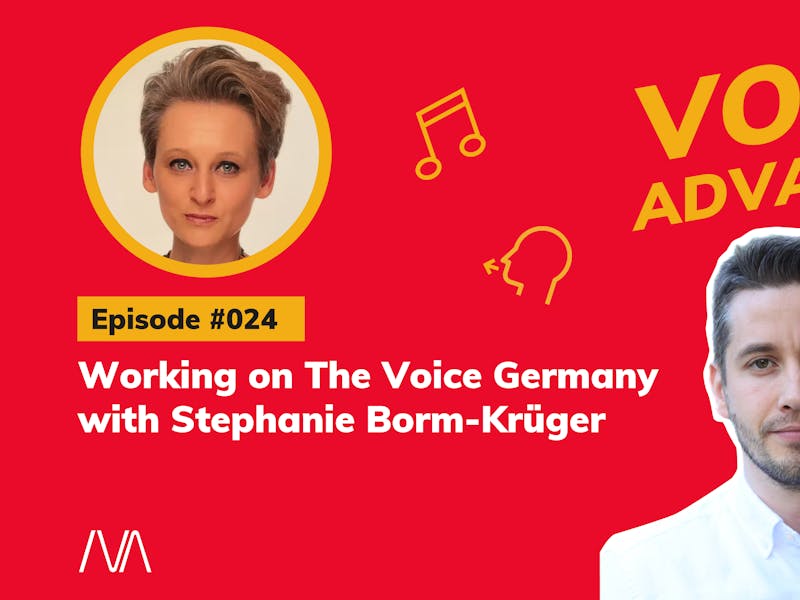We are delighted to announce that after 5 years, IVACON is back in person! Our exclusive week-long conference is tailored for singing teachers just like you.…
Every profession has its tools of the trade, and teaching singing is no different. Whether you are just starting out or already have a thriving studio, in part 1 of this series we’ll share some ideas for studio equipment you might consider.
Piano
This is one of the necessary pieces of equipment every voice teacher needs. Depending on your own tastes, your budget and your space limitations, you will need to decide on either an acoustic or a digital piano for teaching.
Acoustic Piano
If you are using an acoustic piano, be sure you have a reputable piano technician give it the once-over to make certain it is in good repair and is well tuned prior to using it in lessons. If your piano has been moved recently, it may need more frequent tuning in the first year of its new home. Your piano technician will be able to guide you as to the frequency of tuning and servicing required based on your particular situation.
Nothing beats the sound of a high-quality acoustic piano; yet acoustic pianos also have a few drawbacks: they usually require more space and are harder to move than a digital piano; they need periodic tuning. If you want to make a good recording of the piano, proper mic placement can be cumbersome; there isn’t as much volume control available as on a digital piano.
Digital Piano
If you choose to go the digital route, I recommend a keyboard with 88, fully-weighted keys. Even if you aren’t an accomplished accompanist yourself, you will want an instrument that any good accompanist will feel comfortable playing. If you are considering using your keyboard to make any kind of recording (including recording lessons for your students), I recommend you make sure it has an auxiliary output that can be plugged directly into your recording source, mixer or audio interface.
There are more and more less expensive digital pianos being built these days with only internal speakers and a headphone jack. Do your research and make sure you find one with an Aux.out, unless you’re absolutely certain you won’t be needing to record it directly with a line in rather than a mic.
Seating at your keyboard
An adjustable desk chair
Many voice teachers prefer a desk chair as is used in an office over a piano bench due to the fact there is back support. Another plus is most desk chairs are easily adjustable and can swivel and roll about to make access to the rest of your work space easy. Some voice teachers use chairs with arms, however I find chair arms get in the way of my playing, and restrict proper form at the keyboard.
A traditional piano bench
Although I’m in the minority, I prefer a piano bench over a desk chair for teaching. Perhaps it’s all the years of piano lessons I’ve had, but I just don’t feel comfortable playing a keyboard sitting in a chair. Also, I notice I tend to slouch more when seated in a chair, and after a full day of teaching from a desk chair, I tend to have some aches and pains that aren’t there when I use my piano bench.
A piano bench requires me to sit tall and keep my spine straight all day long. My bench has some padding on the seat and has a slightly adjustable height. Some of the more expensive piano benches have a fully adjustable height.
Drummer’s Throne
A drummer’s throne is a stool used by drummers to sit behind a drum kit. I find these seats can be another good option for teaching while seated at a piano. Some thrones have a small support just for the lower back. Most thrones are fully adjustable and very sturdy.
The only drawback is the base of many drum thrones are rather wide and cumbersome and can take up valuable space behind your keyboard. Look for a throne with a smaller footprint.
In reality, a piano or keyboard, a seat, and your own voice are the only pieces of equipment you absolutely need in order to teach singing; however, to make your studio more professional, there are a few other pieces of basic equipment you may want to consider investing in:
Mirror
Having a mirror close to where your students sing is a very important tool so they can see themselves when they need to correct things like posture, etc. I don’t like the mirror to be set up so it is directly where they are facing during the lesson. I prefer the mirror to be to their side so they can easily turn to view themselves when necessary, but not have to be staring at their refection for the entire lesson.
PA System
Most modern voice teachers have plenty of singers who need to learn mic technique and/or who use backing tracks for their songs. It’s a good idea to have at least a basic sound system set up in order to amplify the voice and backing tracks.
Microphones and stands
I recommend you have one or two dynamic mics in your studio. Don’t worry about getting the more expensive condenser mics unless you are planning on doing some serious recording. For your purposes as a teacher, you want some dynamic mics that can amplify sound and record well, but won’t break the bank.
The old standby mic is the Shure SM-58. This mic will suffice quite well. I still have several Shure SM-58 mics from 35 years ago and they are just as good as ever. Some other options are Shure SM57 or the Sennheiser e838. There are plenty of other options as well, but these models are fairly standard and will give you decent sound at a reasonable price.
Another mic you may consider is a dynamic, headset mic for you to wear during your lessons. There are some very decent sounding headset mics such as the Shure WH20, that plug directly into your mixer using a standard XLR input. This makes having a mic stand unnecessary at your keyboard, freeing up a lot of space.
With a headset mic, you don’t have to worry that your voice fades in and out if you turn your head during a lesson. There are also condenser versions of headset mics as well, but they require “phantom power.” Make sure your mixer has phantom power if you choose a condenser mic.
I personally prefer a plain dynamic version over a condenser for teaching, as it keeps everything much simpler(and usually less expensive).
Amp and speakers
There are plenty of full PA systems that can be had for a decent price you may find work well in your studio. Some popular ones are the Behringer Europort EPA900, Carvin XP800L-PM10, Mackie SRM15, or the Peavey Escort 3000.
I find, however, in most teaching studios space is a valuable commodity. If that is the case for you, it is wise to consider a single-powered speaker rather than using a separate amp and double speakers.
If you are running a lot of stereo backing tracks, you may want to purchase a single “true stereo” speaker. I don’t recommend computer speakers personally for amplification in your studio. I find a decent live pa speaker is a better teaching tool as it gets the student used to working with something closer to what they will use on stage.
One of my favorite powered speakers for a teaching studio is the Roland BA-330 Stereo Portable PA System. It can tilt back just like a live monitor, it has true stereo sound, and there is usually very minimal feedback. Another more expensive option that is great if you are also wanting something that can double as a PA for gigs, is the Bose L1 system. This system is a snap to set up, and the sound is amazing. It’s truly a gigging musician’s dream come true! The Bose, however, is probably more PA than you need if you are only using it for your teaching studio.
In part 2, we’ll discuss more equipment you may consider having as a singing teacher.
Please note this article contains affiliate links.
Related Articles
Singing Teachers Summit
A free, online summit for music educators
As a worldwide leader in vocal education, we're excited to host a Singing Teachers Summit on January 20th and 21st, 2024. This free, online event features a fantastic lineup of guest lecturers to offer insight on a wide range of…
Stepping Out of Your Comfort Zone with Stephanie Borm-Krüger How Performing Under Pressure Helps Unlock Your Creativity Do any of your students dream of performing on a TV show like The Voice or one of the Idols singing competitions? Then they’ll want to…







